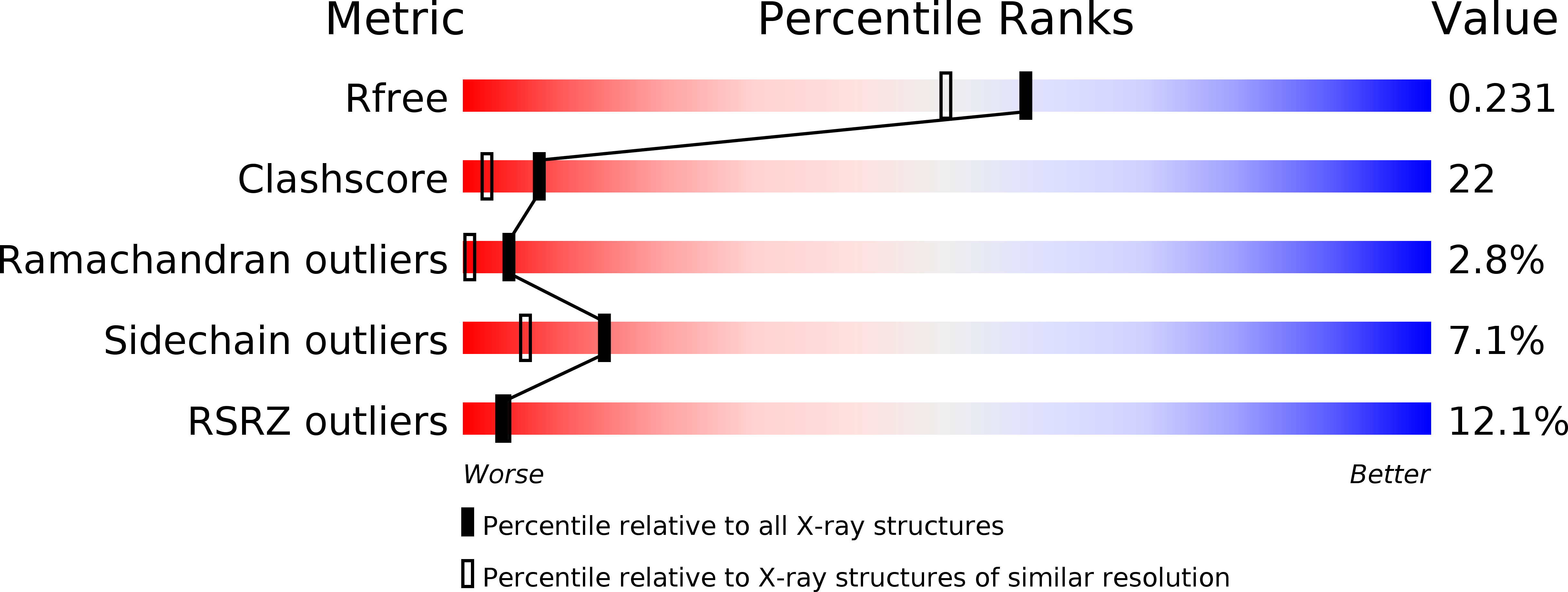
Deposition Date
2002-01-15
Release Date
2002-11-20
Last Version Date
2024-02-14
Entry Detail
PDB ID:
1KTA
Keywords:
Title:
HUMAN BRANCHED CHAIN AMINO ACID AMINOTRANSFERASE : THREE DIMENSIONAL STRUCTURE OF THE ENZYME IN ITS PYRIDOXAMINE PHOSPHATE FORM.
Biological Source:
Source Organism:
Homo sapiens (Taxon ID: 9606)
Host Organism:
Method Details:
Experimental Method:
Resolution:
1.90 Å
R-Value Free:
0.28
R-Value Work:
0.24
Space Group:
P 21 21 21


